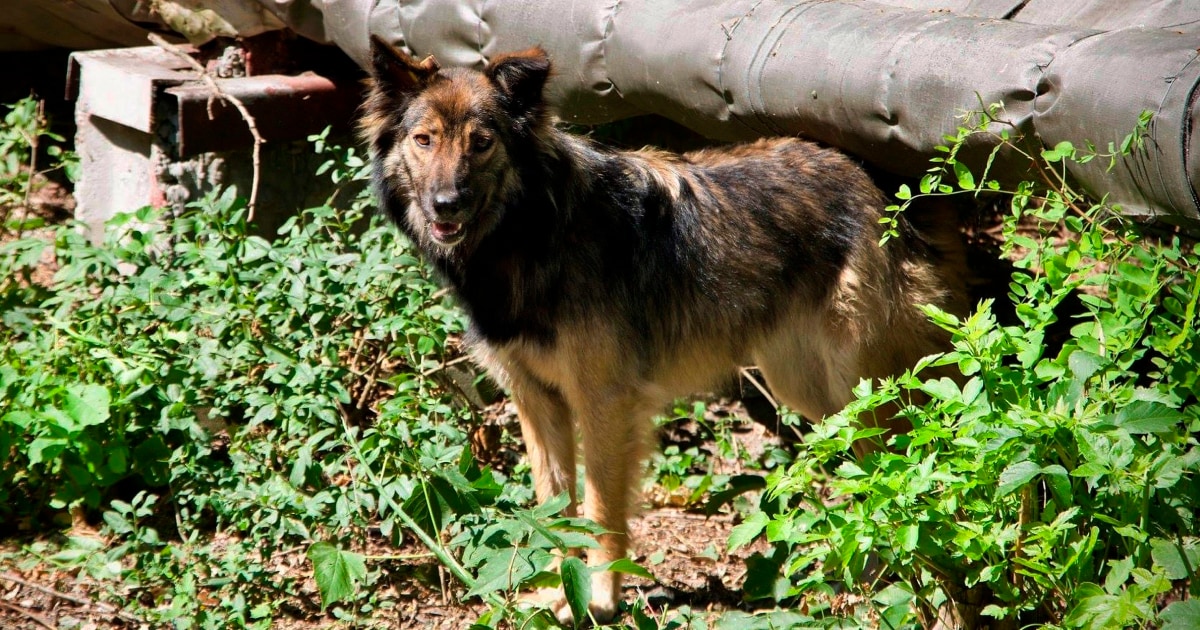«We’ve had this golden opportunity» to lay the groundwork to answer a crucial question: «How to survive in a hostile environment like this for 15 generations?» said geneticist Elaine Ostrander of the National Human Genome Research Institute, one of many authors of the study.
Co-author Tim Mousseau, a professor of biological sciences at the University of South Carolina, said dogs «provide an incredible tool for looking at the impacts of this type of environment» on mammals in general.
The Chernobyl environment is uniquely brutal. On April 26, 1986, an explosion and fire at the Ukrainian power plant caused radioactive fallout to spill into the atmosphere. Thirty workers died immediately afterwards, while the long-term death toll from radiation poisoning is estimated to be in the thousands.
The researchers say most of the dogs they are studying appear to be descendants of pets that residents were forced to leave behind when they evacuated the area.
Mousseau has been working in the Chernobyl region since the late 1990s and began collecting blood from the dogs around 2017. Some of the dogs live at the power plant, a dystopian industrial setting. Others are about 9 miles (15 kilometers) or 28 miles (45 kilometers) away.
At first, Ostrander said, they thought the dogs might have intermingled so much over time that they would be very alike. But through DNA, they were able to easily identify dogs that lived in areas with high, low, and medium levels of radiation exposure.
“That was a big milestone for us,” Ostrander said. “And the surprising thing is that we can even identify families”, some 15 different ones.
Now researchers can start looking for alterations in DNA.
«We can compare them and we can say: OK, what’s different, what’s changed, what’s mutated, what’s evolved, what’s helping you, what’s hurting you at the DNA level?» Ostrander said. This will involve separating inconsequential DNA changes from intentional ones.
The scientists said the research could have wide applications, providing insights into how animals and humans can live now and in the future in regions of the world under «continuous environmental attack», and in the high-radiation space environment.
Dr. Kari Ekenstedt, a veterinarian who teaches at Purdue University and was not involved in the study, said it’s a first step in answering important questions about how continued exposure to higher levels of radiation affects large mammals. For example, she said, «Are you going to be changing your genomes at a rapid rate?»
The researchers have already begun follow-up research, which will mean more time with the dogs at the site about 60 miles (100 kilometers) from kyiv. Mousseau said he and his colleagues were last there last October and did not see any war-related activity. Mousseau said the team has reached out to a few dogs, naming one Prancer because he prances excitedly when he sees people.
«Even though they are wild, they still really enjoy human interaction,» he said, «especially when food is involved.» ___
The Associated Press Department of Health and Science receives support from the Howard Hughes Medical Institute Science and Educational Media Group. The AP is solely responsible for all content.

